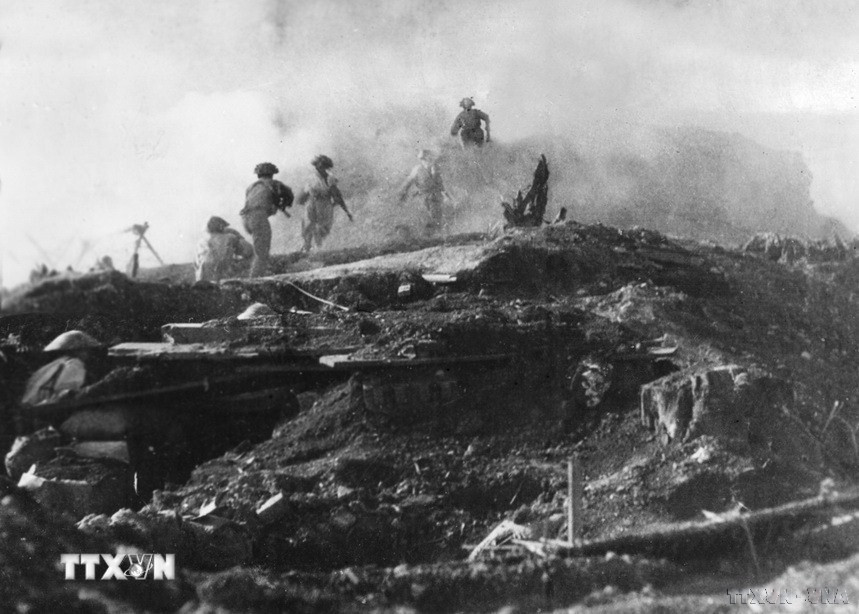
The third offensive phase of the Dien Bien Phu Campaign took place from May 1 to 7, 1954. The mission of this phase was to capture the remaining high points in the East, focusing on capturing Hill A1, destroying a number of strongholds in the West, destroying a part of the enemy's strength, further developing the offensive and encirclement positions, utilizing all firepower to bombard the enemy's central area, threatening their remaining airspace, and preparing to switch to a general offensive.
Preparations were carried out very carefully.
The third offensive began under conditions of a serious enemy situation.
In the last days of April, the enemy mobilized more than one hundred planes to drop food and ammunition into Muong Thanh every day. But they only received about half of it, because their planes had to fly high to drop parachutes to avoid our medium-range anti-aircraft guns, and the parachute drop area was too narrow, so one-third of the supplies fell on our battlefields, and a fair number fell on minefields and areas tightly controlled by our firepower, so the enemy could not collect them.
Langlais and Bigeard also adjusted and strengthened the defense organization in the central area; sent the best units and the most trusted commanders remaining from the stronghold group to reinforce the center of the Elian resistance... but these units all suffered heavy losses, and the formation was patchwork.
On our side, all preparations for the third attack were carried out very carefully.
The trenches were so fortified that troops could move during the day close to the enemy, allowing units to quickly bypass the breakthrough phase when attacking a position. Officers and soldiers were familiar with the terrain of the target base as if it were a post that had been rehearsed many times.
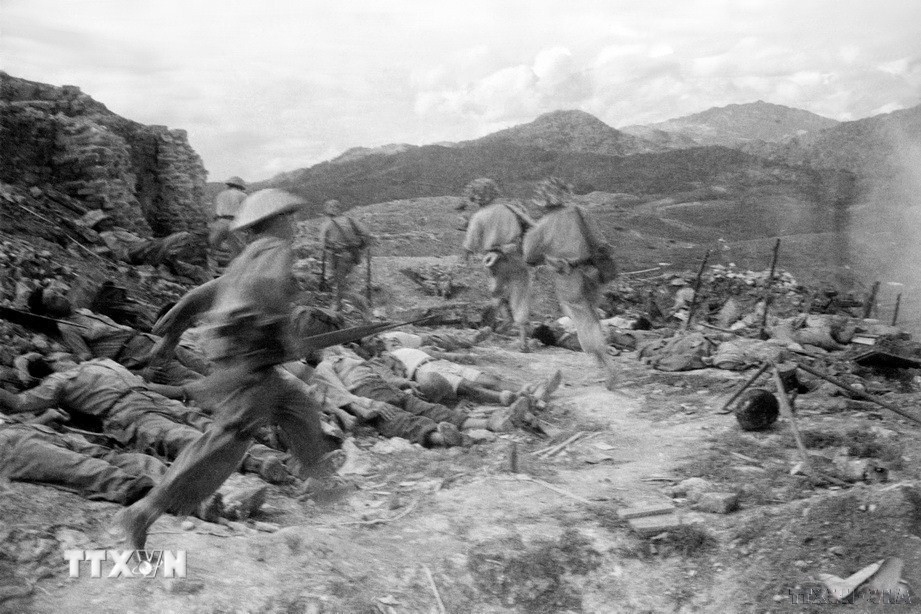
The soldiers were treated for their wounds and new soldiers eagerly returned to their units to be present in the final attack.
The soldiers' spirit of determination to fight and win was very high. The political study session gave everyone firm belief in victory.
The supply difficulties were overcome. In the Memoirs of General Vo Nguyen Giap, it was clearly stated: “Never before has the front’s warehouse been as full and abundant with rice as during this period. At the end of April, the logistics had reserves for May. Regarding howitzer ammunition, in addition to the 5,000 rounds captured from the enemy, more than 400 rounds of war spoils captured in Central Laos were transferred by the logistics sector. Our friends also transferred to us two six-barreled rocket launchers. Because the amount of ammunition was not much, this would be a surprise for the enemy in the final days of the attack. After the second phase of the campaign, in just ten days we had completed the construction of a 75 DKZ battalion and an H6 battalion (rocket) under the charge of the 676th regiment, promptly supplementing the front.
The 9th Regiment of 304, which had gone to the Northwest since mid-March and had completed its bandit suppression mission, quickly arrived at Dien Bien Phu. The 304 (one regiment missing) with comrades Le Chuong, political commissar, and Nam Long, chief of staff, was the last division present in the campaign formation.”
Specific tasks of the divisions in the third offensive
- The 316th Division destroys high point C1, holds that position; simultaneously attacks C2 to coordinate with the C1 battle; if conditions are favorable, develop to destroy the entire C2; fully prepare to attack and capture important enemy bunkers in position A1 and occupy those bunkers.
- Division 312 destroyed strongholds 505 and 505A. Used firepower and a small unit to coordinate with Division 316 to block reinforcements, while 316 destroyed C1. Prepared and destroyed position 204.
- Division 308 continued to prepare and destroy stronghold 311B, while simultaneously attacking position 310.
- The 57th Regiment of the 304th Division has the mission of restraining enemy artillery and encroaching on area C (Hong Cum), if possible, destroying the enemy. Prepare a battalion to move to the direction of Upper Laos to fight when ordered.
- In addition to regular tasks, the 351st Division has the task of coordinating with the infantry in point battles and counterattacks.
While destroying A1 and encroaching on C2, units must prepare forces and plans to have favorable conditions to develop and destroy C2, and continue to develop and capture the remaining enemy bases east of the Nam Rom River.
On the opening night, our army captured four important positions.
Having been carefully prepared, on the opening day of the attack, our army bravely attacked the enemy.
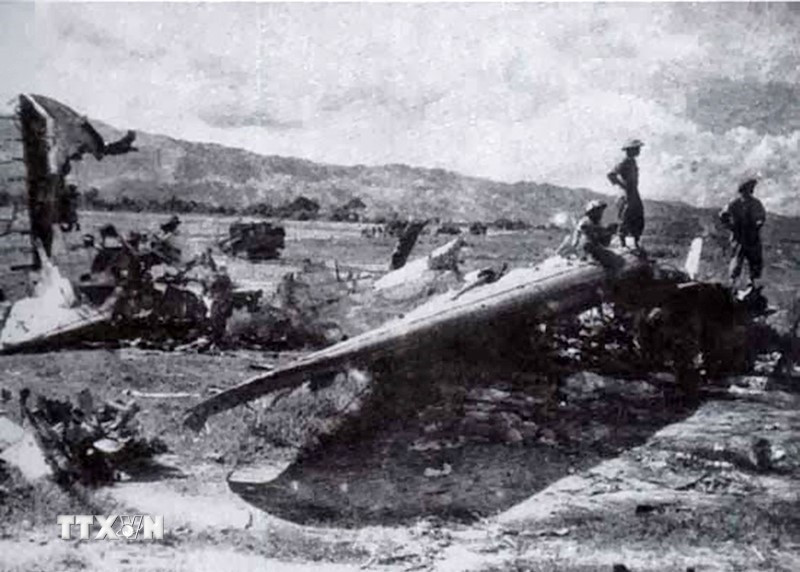
At noon on May 1, all our artillery calibers fired into many areas of the stronghold. This time the enemy artillery cluster in Hong Cum was restrained and paralyzed. An ammunition depot with 3,000 enemy reserve bullets exploded. Food warehouses caught fire. The artillery barrage lasted nearly an hour. After the artillery fire stopped, units simultaneously attacked many positions.
On the opening night of Phase 3, Regiment 98 of Division 316 completely destroyed the C1 stronghold. Taking advantage of the victory, our troops intensified the siege and prepared to destroy the C2 stronghold, at the same time consolidating the field battlefield, ready to crush the enemy's counterattacks.
Also that night, on the east bank of the Nam Rom River, Regiment 209 of Division 316 quickly attacked and destroyed two strongholds 505 and 505A.
In the West, enemy position 311A was also completely destroyed.
In the Southern region, our army destroyed a part of the enemy troops stationed in the northeast of Hong Cum.
Thus, on the first night of Phase 3, the enemy lost 4 more strongholds C1, 505, 505A in the East and 311 A in the West.
TB (according to VNA)Source







![[Photo] Opening of the 13th Conference of the 13th Party Central Committee](https://vphoto.vietnam.vn/thumb/1200x675/vietnam/resource/IMAGE/2025/10/6/d4b269e6c4b64696af775925cb608560)


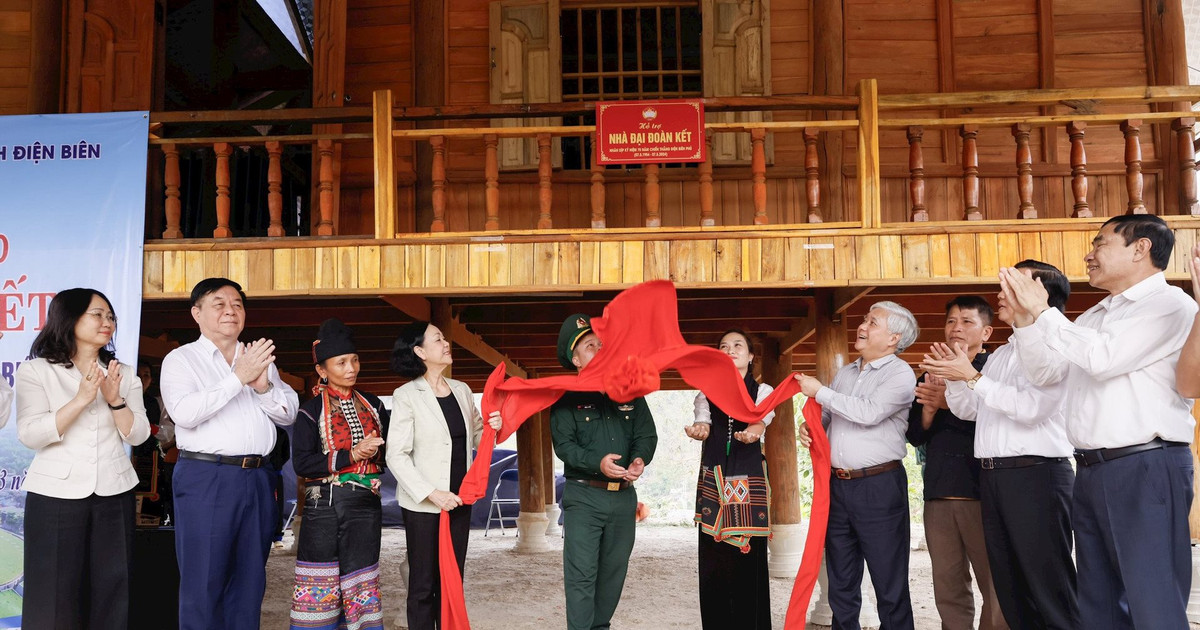

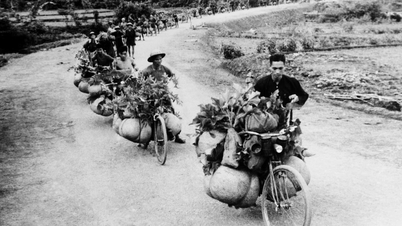
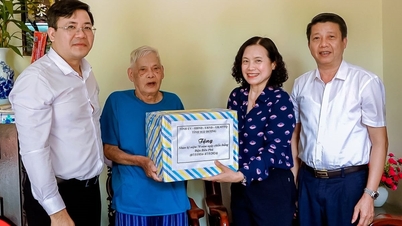
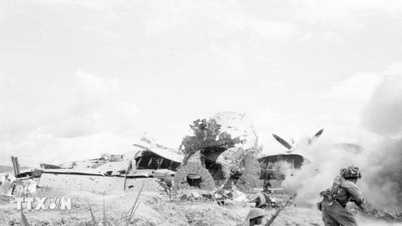
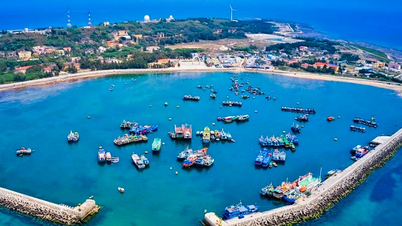

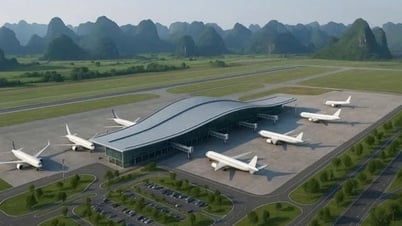
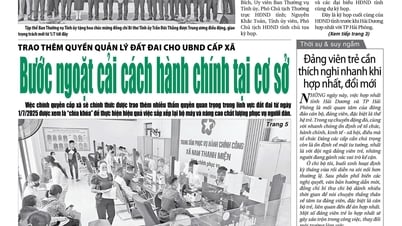
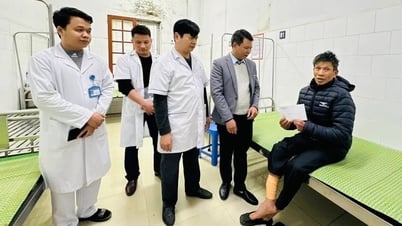
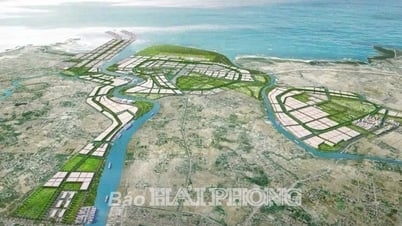









































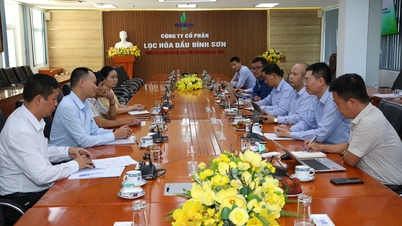








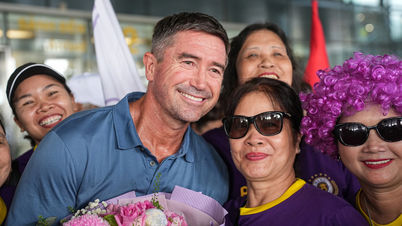


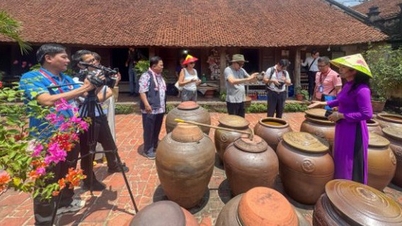

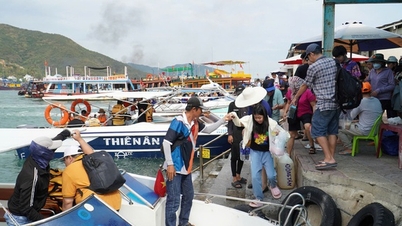
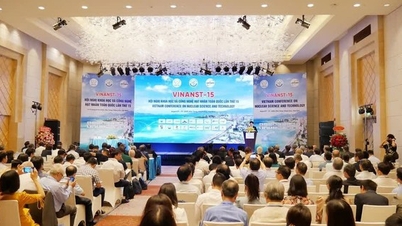

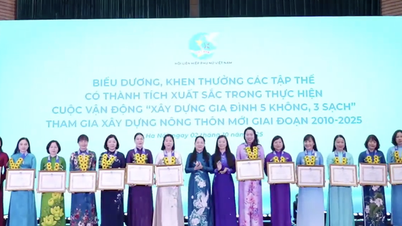


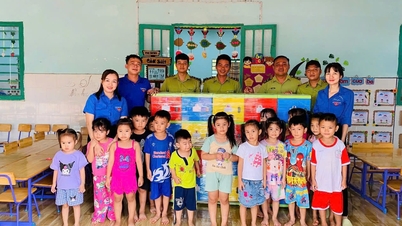

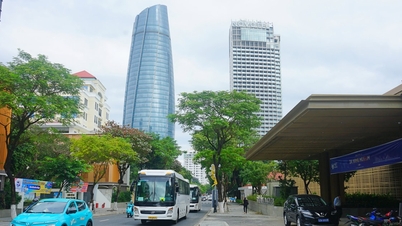

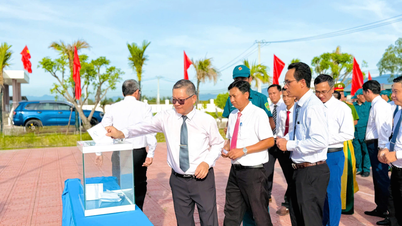

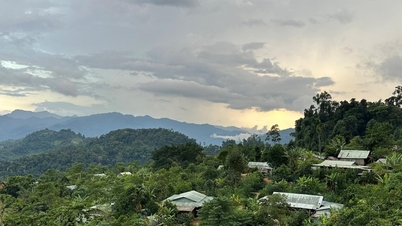












Comment (0)